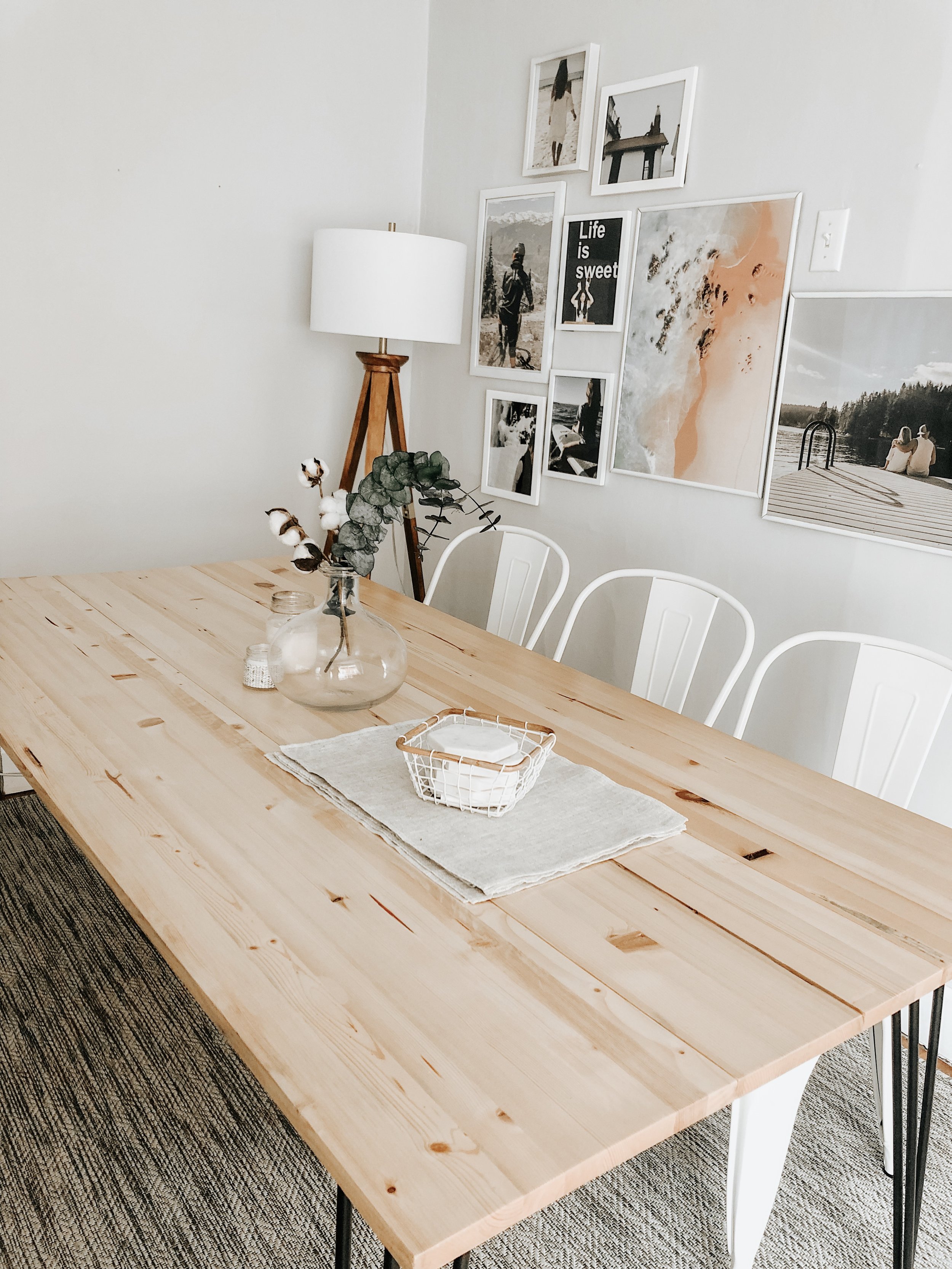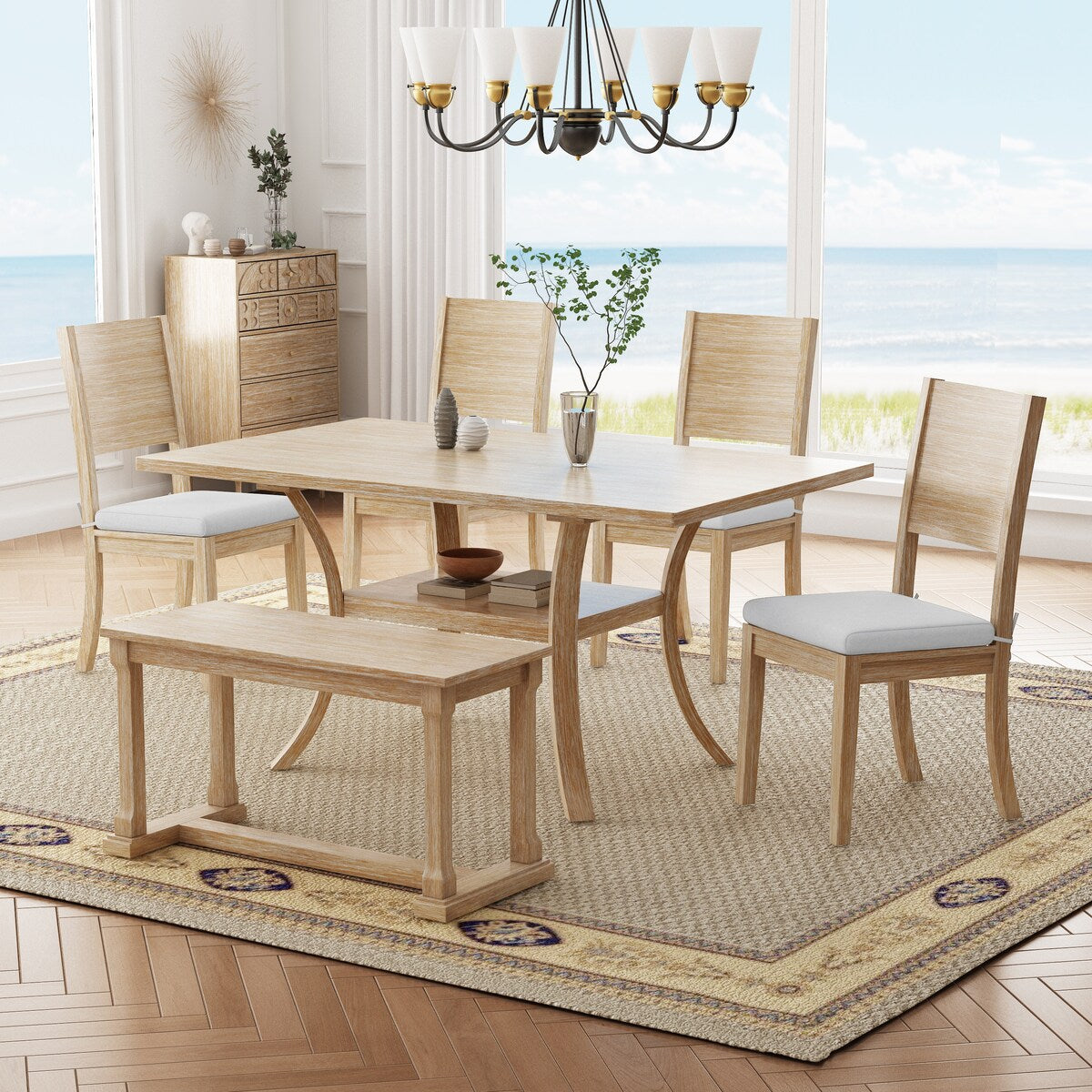The Best Materials for Durable and Elegant Dining Room Table Legs
The Best Materials for Durable and Elegant Dining Room Table Legs
Blog Article
From Typical to Modern: Locate the Suitable Dining Area Table Legs for Your Design
While classic styles such as cabriole and transformed legs stimulate a feeling of classic elegance, modern designs like hairpin and geometric alternatives offer a chance for striking visual rate of interest. As you take into consideration these aspects, the concern continues to be: how can you flawlessly integrate these diverse leg designs to develop an unified dining experience?
Understanding Table Leg Styles
The range of dining space table leg designs can dramatically influence both the looks and performance of the room. Each leg style adds distinct practical features and aesthetic aspects, accommodating diverse layout preferences and use needs. Recognizing these designs is vital for picking the appropriate table that lines up with your general interior decoration vision.
For circumstances, conical legs provide a clean, timeless appearance that can boost a space's beauty, while pedestal bases supply security and take full advantage of legroom, making them optimal for smaller rooms. Hairpin legs, a trademark of mid-century contemporary layout, present an industrial flair, enabling for an airy, open feeling. Trestle legs stimulate rustic beauty, supplying robust assistance and a sense of eternity.
Wooden legs can bring heat and texture, whereas steel options often communicate a sleek, contemporary vibe. Eventually, comprehending table leg designs is important for producing a natural dining location that reflects personal style while making sure functionality and convenience.
Typical Table Leg Options
When selecting dining-room table legs, traditional options commonly personify ageless style and workmanship. These designs mirror an abundant heritage and a dedication to top quality, making them perfect for those that value timeless visual appeals.
Among the most renowned typical leg designs is the cabriole leg, defined by its stylish bent form. This style typically features decorative makings and is most frequently located in Queen Anne and Chippendale furnishings. An additional prominent alternative is the transformed leg, which flaunts a collection of smooth, rounded shapes that provide a traditional look while preserving stability.
Additionally, the straight leg, while simple, provides a durable and unadorned framework that can mix seamlessly with a variety of tabletop designs. For those attracted to ornate detailing, claw-and-ball feet legs evoke a feeling of majesty and can function as a stunning centerpiece in any kind of dining space.
Lastly, stand bases, although not purely legs, give an alternate conventional option that permits for enough legroom and can be beautifully sculpted. Each of these standard leg styles adds to the overall setting of a dining-room, weding function with aesthetic appeal.

Modern Table Leg Layouts
Modern table leg styles provide a varied you can check here series of designs that highlight tidy lines and ingenious products. These layouts often focus on performance while functioning as striking centerpieces within an eating space. Minimalist aesthetics prevail, with legs crafted from products such as metal, glass, and crafted timber, which contribute to a ventilated and modern feel.
One prominent layout is the hairpin leg, defined by its slim, tapered framework that offers stability without frustrating the tabletop (dining room table legs). This style is frequently found in mid-century modern-day furniture and can effortlessly enhance various table forms. Another trend is the usage of geometric shapes, where legs may tackle asymmetrical or angular types, including visual rate of interest and a touch of virtuosity

Mixing Styles for Distinct Spaces
Typically, house owners seek to create unique dining areas that show their personal style by blending numerous style elements. This method enables for the consolidation of diverse looks, leading to an unified yet distinctive environment. For circumstances, coupling a rustic wood table with sleek, modern steel legs can produce a captivating contrast that elevates the area's general charm.
Additionally, integrating vintage table legs with modern tabletops can stimulate a sense of history while keeping a contemporary perceptiveness. Such combinations not just display individual preference but likewise motivate creativity, permitting house owners to curate a space that really feels both personal and try this site welcoming.
Color plays a vital role in this mixing process; choosing table legs that match or contrast with the existing color design can enhance aesthetic interest. Whitewashed legs can soften the daring of a dark table surface area, creating a well balanced visual.
Tips for Choosing the Right Legs
Choosing the right table legs is important for accomplishing both performance and visual allure in your dining area. Begin by taking into consideration the overall style of your space. Traditional settings gain from legs that include intricate carvings or turned styles, while modern spaces may require smooth, minimal styles.
Next, examine the elevation and security of the legs. dining room table legs. Basic table vary in between 28 to 30 inches in elevation, so ensure the legs match this dimension for convenience. Furthermore, robust materials, such as hardwood or steel, can boost security and longevity
Assess the leg shape also-- choices consist of right, tapered, or stand layouts. Straight legs offer a classic look, while conical legs can add a touch of sophistication. Pedestal bases supply sufficient legroom and are perfect for smaller spaces.
Conclusion
In recap, choosing the optimal eating area table legs calls for cautious consideration of both traditional and contemporary designs. By balancing leg style, elevation, and material with the general decor, a cohesive and welcoming environment can be achieved.
The selection of dining area table leg styles can considerably influence both the visual appeals and functionality of the area. Ultimately, recognizing table leg styles is essential for producing a cohesive dining area that reflects individual style while making sure usefulness and convenience.One check out this site of the most iconic conventional leg styles is the cabriole leg, defined by its stylish curved form. Straight legs offer a traditional look, while tapered legs can include a touch of beauty.In recap, selecting the excellent dining space table legs needs mindful consideration of both contemporary and typical styles.
Report this page